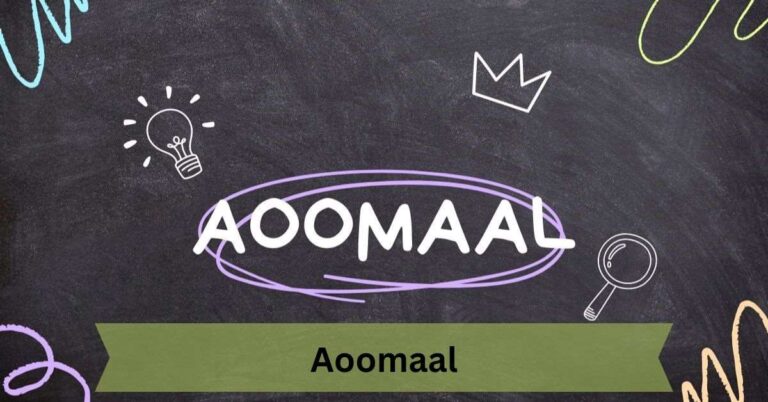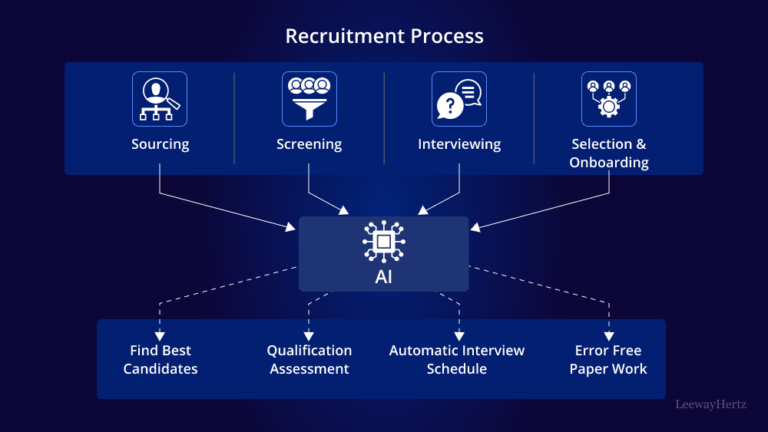3 Common Printing Techniques for Businesses
Print shops use various techniques to produce high-quality art prints for authors, publishers, media companies, and businesses. The print you’re creating determines the technique to choose and you have multiple options for each product.
Books, comics, brochures, flyers, business cards, envelopes, postcards, calendars, and vinyl stickers all have several production processes. Here’s an overview of three common printing techniques for businesses:
Digital
One of the most common printing techniques for modern businesses involves using digital printers, which produce high-quality prints. This technique is quick as it doesn’t require plate preparations or elaborate setups used in offset lithography prints.
Computer images in digital formats like PDF and JPEG are sent directly to the printer, resulting in a faster process. Digital prints also use fewer chemicals and cut down on paper waste. The inks and toners are printed on the surface of the paper without getting absorbed, resulting in high color accuracy.
Digital printers support various paper sizes, allowing you to produce wallet-size images, large-format graphics, and every size in between. You can use different types of paper, canvas, metal, and glass, precise data, and high-pixel images for your print.
The technique produces high-quality results ideal for internal flyers, books, comics, posters, and other commercial applications. Inkjet digital printers are the preferred choice for signage, posters, and short-run books. Xerographic and laser printers are used for labels, brochures, and flyers.
Offset
Lithographic or offset production is a traditional technique used for high-volume print runs. This technique produces high-quality work and involves the use of aluminum plates. The plates contain the images and content to be printed and are run through water and then ink.
Water sticks on the free spaces that have no image or content, while ink sticks on the spaces with the text and images. The content of the plates is then offset or transferred onto blankets or rollers, which transfer the images and text onto paper.
Offsetting images to a blanket first before transferring them to the paper makes it a slower process than digital printers. The elaborate setup and time required also make the technique more suitable for mass production than smaller jobs.
Offset lithography produces high-quality images and text on brochures, newspapers, magazines, and posters. Print shops use both sheet-fed and web lithography in their production. Sheet-fed lithography involves pre-cut paper while web production uses paper in roll form.
Large Format
Print shops use large format techniques to expedite the process of producing large-scale oversized prints. The technique uses wide-format printers designed to accommodate the maximum print roll width.
Wide-format printers work with papers, canvases, and materials measuring several feet wide to produce traditional advertising media. Large-format prints include banners, murals, billboards, posters, outdoor signage, vehicle wraps, point-of-sale displays, exhibition displays, and other oversized visual displays. Common applications of these prints include brand promotion, visual storytelling, and architectural plans and diagrams.
Wide-format printers produce crisp color details and vibrant attention-grabbing colors that suit advertising and marketing. These printers rely on roll-fed or flatbed inkjet presses to print large-format displays. Roll-fed presses mount and secure the print on a rigid base.
Flatbed presses don’t require the extra mounting step because the images are printed directly on the substrate. The printers accommodate materials with varying widths and are suited to the mass production of large prints and bold visual statements.
Work With an Experienced Printing Company Today
Modern print shops offer a wide range of customized services to help businesses produce high-quality art prints. Experienced companies offer professional guidance throughout the process, from material specifications to technique selection, file uploads, and editing. You can schedule a consultation to discuss your needs and get expert insights for your project. Contact a professional printing company today to learn more about the common techniques used for business prints.






